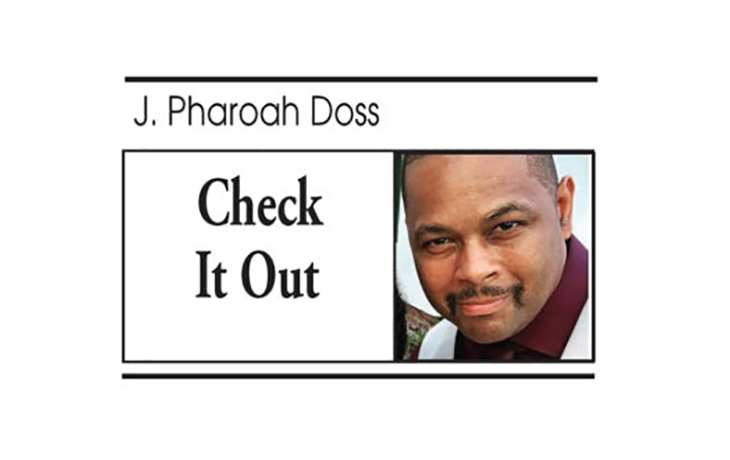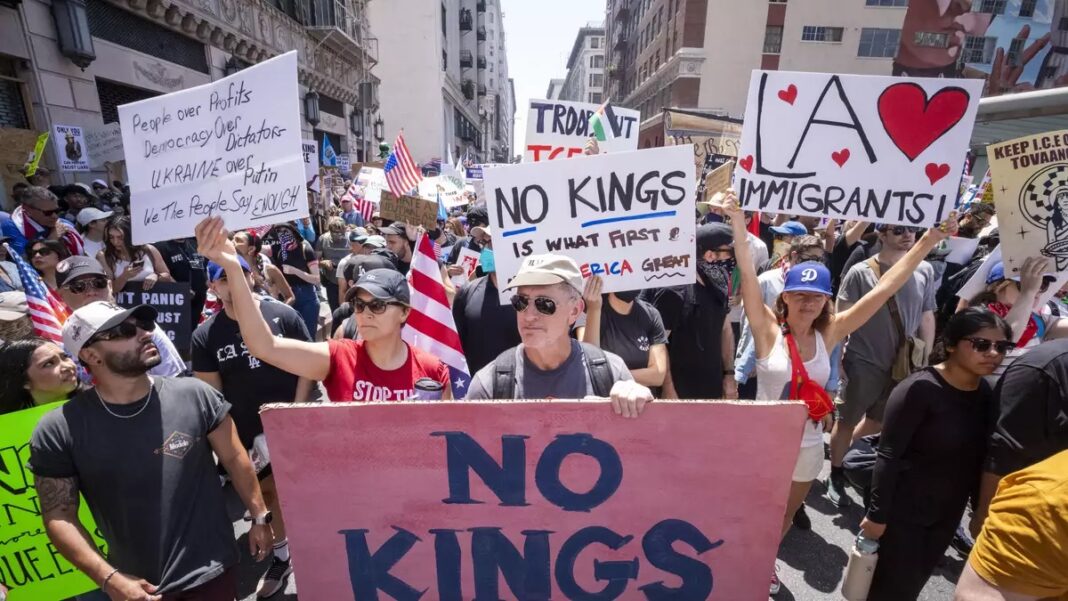Fiefdom: Informal: Anything, such as an organization or real estate, owned or controlled by one dominant person or group. (i.e., a congressional district dominated by a career politician)
Last month, millions of Americans turned out in over 2,600 locations for the second No Kings Protest. The first No Kings Protest occurred in June, on the same day that President Trump held a parade commemorating the 250th anniversary of the United States Army. Both times, demonstrators denounced Trump’s “authoritarian tendencies.”
The No Kings demonstrators unwittingly echoed the Republican National Committee’s criticisms against Barack Obama’s administration in their 2016 Republican Party Platform.

According to the RNC, “the President has refused to defend or enforce laws he does not like, used executive orders to enact national policies in areas constitutionally reserved solely to Congress, made unconstitutional ‘recess’ appointments to Senate-confirmed positions, directed regulatory agencies to overstep their statutory authority, and failed to consult Congress regarding military action overseas.” He changed what John Adams called ‘a government of laws and not of men’ into just the opposite.”
However, after leaving office, Obama told interviewers that no one truly understands the executive branch’s limitations unless they were president.
Since the Constitution was drafted, presidential power has developed, but only partisans who disagree with the president’s policies believe that the Oval Office is a kingdom without constraints simply because a president wields powers that previous presidents did not.
Furthermore, the Founders feared the establishment of an executive position that resembled a king, and when Hamilton and Madison suggested lifetime tenure for presidents, the other Founders refused to endorse what they referred to as an “elective monarchy.”
The Founders eventually agreed on two four-year terms for the president, with no limit on how many times a person may be elected, but after President Franklin D. Roosevelt was elected four times, there was widespread worry about the concentration of power in one person. To prevent potential authoritarianism, the 22nd Amendment limited the presidency to two terms.
Term limits address the principal complaint of the No King’s demonstrators, prompting many to doubt the purpose of the first protest; nonetheless, the second No Kings protest took place during a government shutdown.
If the No King’s demonstrators blame the president for the financial burden placed on federal employees and citizens who rely on aid, term limits will force him out. His congressional rivals, who are career politicians, will not suffer any consequences for their failure to keep the government open. When the government reopens, we will remember the shutdown as a minor setback during Trump’s second presidency, not a setback initiated by Congress.
It is worth noting that government shutdowns occurred under Presidents Bill Clinton in 1996 and Barack Obama in 2013. That’s a 17-year gap, but 125 of 535 members of Congress were in office during both shutdowns, including senior officials on both sides of the aisle: the House Speaker, House Minority Leader, Senate Majority Leader, and Senate Minority Leader.
Politics is the art of compromise, but incumbents who have experienced a government shutdown are more uncompromising than elected officials who have not, so when incumbents tell newly elected officials that shutdowns only last a few weeks and can be used strategically, the result is “shutdown indifference” from the branch of government in charge of preventing it.
Rand Paul was first elected to the Senate in 2010. He argued in his 2015 book: Taking a Stand: Moving Beyond Partisan Politics to Unite America, that long terms in office increase the likelihood of apathy or abuse of power. That is why Paul’s first piece of legislation was a constitutional amendment that limited congressional terms of office. Paul proposed limiting legislators in the House to six two-year terms and the Senate to two six-year terms.
If these term limitations previously existed, no one who participated in the 1996 government shutdown would have taken part in the 2013 shutdown.
According to Paul, term limits would “consistently refill the halls of Congress with energetic people and new ideas, people who would get things done simply because they had a limited time to do so. They would not be worn down by the steady drip of negativity that erodes character on Capitol Hill.”
Paul cited a Gallup poll that revealed 75 percent of the public favored term limits. “Thirty-seven states place term limits on their constitutional officers. Several states even passed term limits on their representatives to the U.S. Congress. But the Supreme Court struck down those laws, arguing that eligibility for federal office must be uniform among the states.”
In 2025, the public support for term limits has increased to 83 percent.
Due to the ongoing shutdown, Florida Republican Gov. Ron DeSantis and former Maryland Democratic Rep. David Trone collaborated on an opinion piece for the New York Times advocating for congressional term limits. They stated that more turnover would result in more legislators prioritizing the interests of their constituents—and the nation as a whole—over those of entrenched and influential advocacy groups. It would go a long way toward restoring trust in our political institutions.
Nick Tomboulides, the CEO of the advocacy group U.S. Term Limits, compared a Congress incapable of passing a budget to a lifeguard unable to swim. After the demonstrations, USA Today ran the following headline: “Millions turned out to protest Trump for ‘No Kings.’ Now what?”
The No Kings protests will drown in pointlessness unless they venture into uncharted water and initiate a movement against the leaders of congressional fiefdoms.


